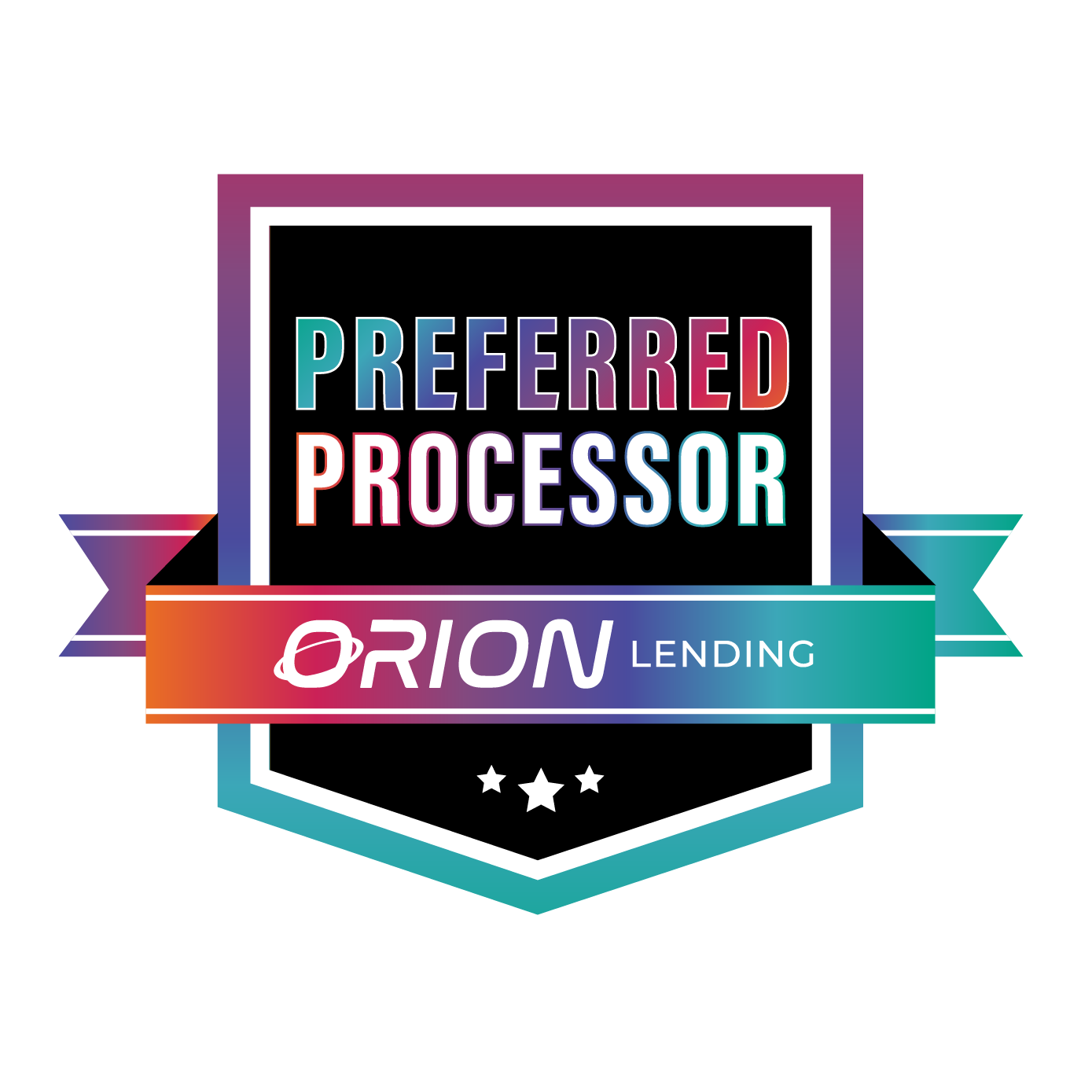From Submission to Clear to Close: Mapping the Ideal Loan Processing Lifecycle

In 2024, over 260,000 home loans were originated each month — and even more were processed.
But what exactly goes into loan processing? What's taking place behind the scenes?
Whether you plan to do the processing yourself or simply want to work more effectively with a loan processing team, understanding the ins and outs of the loan processing lifecycle is key. Here's what the full journey looks like, from submission to clear to close:
Step-by-Step Loan Processing Lifecycle
Step 1: Submission
Application submission kicks off the loan processing lifecycle.
Here's what's generally included:
- A completed Uniform Residential Loan Application (URLA) or similar. You might work with the borrower to ensure this document is filled out correctly and in a timely manner.
- All relevant documents, including identification, information on income and assets, and the purchase contract. You'll work with clients to gather these documents ahead of submission, so consider a checklist or other take-home document to help.
- Signed legal documents, like initial disclosures. Help ensure buyers understand all legalese!
The complete file is submitted to the loan origination system (LOS), the software platform used by lenders to manage the broader mortgage application process.
Step 2: Processing
In an ideal loan processing lifecycle, the processor will conduct a quick sweep and find everything in its place.
In some instances, however, they might need to:
- Double-check or cross-reference unclear information.
- Ask clarifying questions.
- Request additional documentation.
The processor might also order an appraisal, title work, or homeowners' insurance verification, depending on the loan. In these instances, they'll add the results to the loan file.
Once the file is complete, they'll officially process the loan (verify all key information and organize the file according to institutional standards).
If everything checks out, they'll pass the file along to an underwriter.
Step 3: Underwriting
Next, the underwriter will review the loan file against their relevant agency guidelines. Based on how the application matches up, they'll issue one of three decisions:
- Loan accepted as proposed: barring some major roadblock, the borrower is good to go!
- Loan accepted with conditions: the borrower may need to provide additional documentation to receive the loan.
- Loan denied: the lender is unwilling to give the borrower the loan.
If your client receives a conditional approval decision, ensure they understand those conditions clearly. You might also need to help them meet conditions, whether that's obtaining a gift letter or drafting a letter of explanation.
If your client's loan application is denied, you may need to provide some emotional support. Then, a strategic sit-down to try and ensure approval next time might be a good idea.
But, in an ideal loan processing lifecycle, the goal is always for the loan to be approved. So, let's move forward with that outcome in mind.
Step 4: Clear to Close
When a borrower gets the green light to close, there are just a few final tasks you'll need to help them complete:
A closing package will be generated by the lender's closing/funding department. It includes all the title, homeownership, and mortgage documents that they'll be expected to sign on closing day. After they sign, they'll be held to those terms, so ensure they clearly understand everything.
You'll also work with the processor to coordinate the title, escrow, and settlement agents, as well as with the borrower, to schedule the official close.
Then, all that's left is closing day!
Best Practices for a Smooth Process
Here are some ways to optimize the loan processing lifecycle.
- Get to know the loan processing lifecycle, so you can recognize and respond to issues as quickly as possible. Just by reading this blog, you're already right on track!
- Develop strong communication with clients. Regular check-ins can reduce anxiety and set expectations, so if an issue does crop up, the client will be poised to help remedy it as quickly as possible.
- Develop strong communication with processors. Being proactive whenever possible, and responsively helpful when not, can boost speed and efficiency for everyone involved.
- Utilize tools like checklists and reminder apps to ensure nothing falls through the cracks.
- Invest in cutting-edge technology, like e-sign subscriptions and online document upload portals, to cut down on bottlenecks.
- Learn from mistakes and less-than-ideal experiences to ensure success moving forward.
Wrapping Up: The Loan Processing Lifecycle
Whether explaining the process to borrowers or gaining a better sense of the steps involved for yourself, understanding the loan processing lifecycle is critical for broker success.
The good news is that, with a solid library of educational resources, and a willingness to learn, you'll be well on your way to accomplishing your loan processing goals — whatever they may be.




